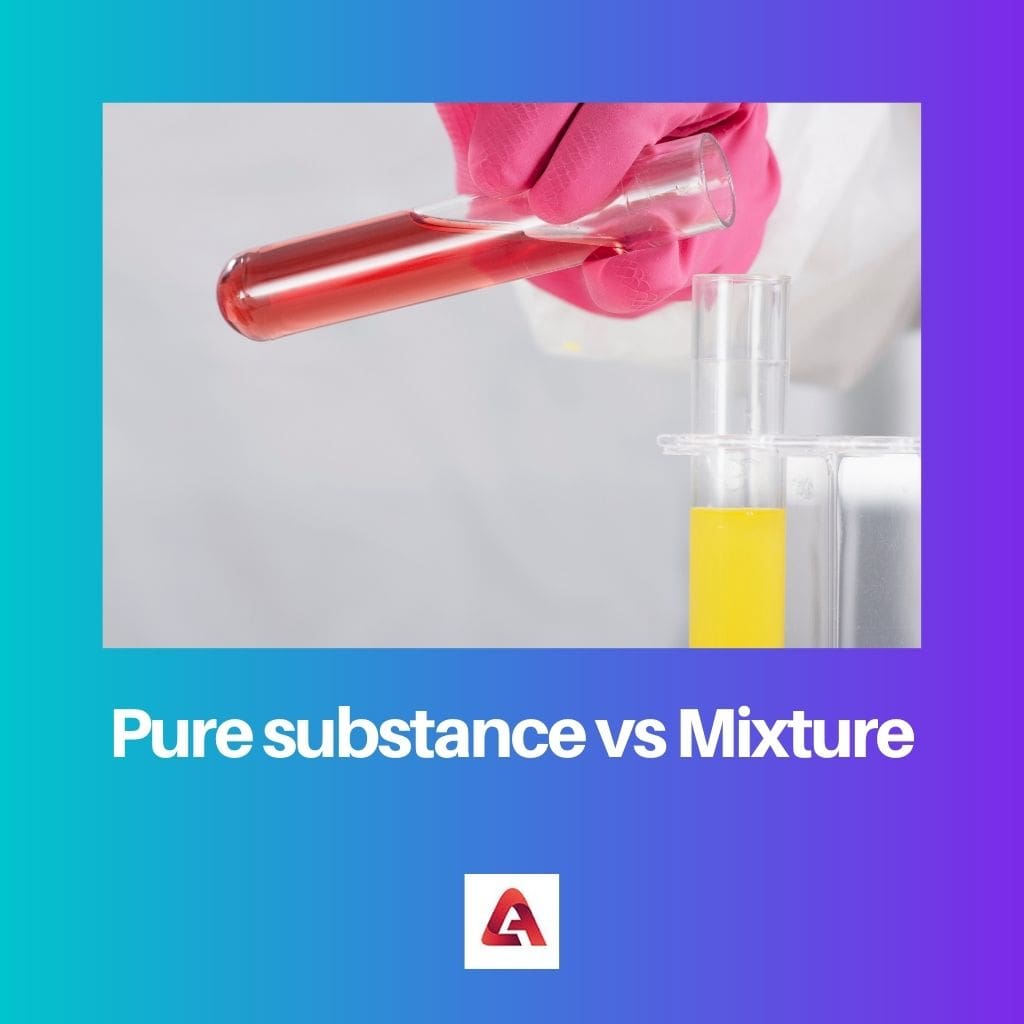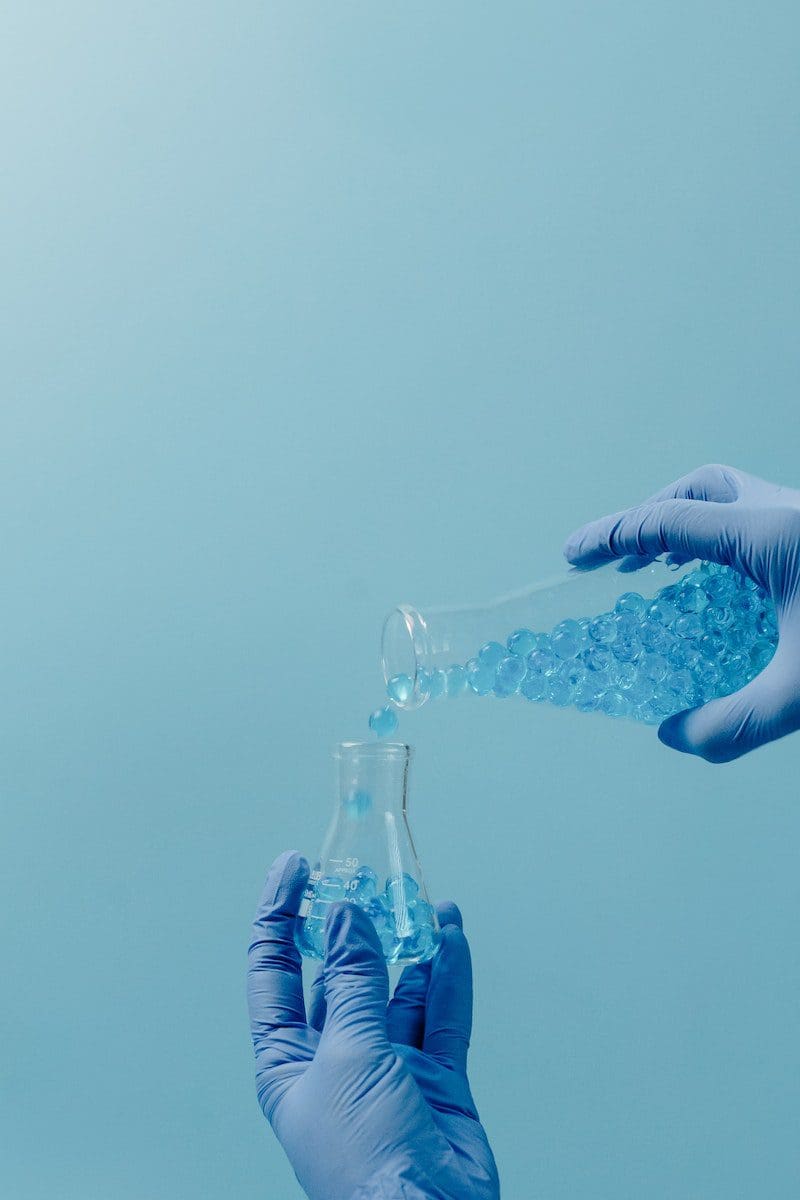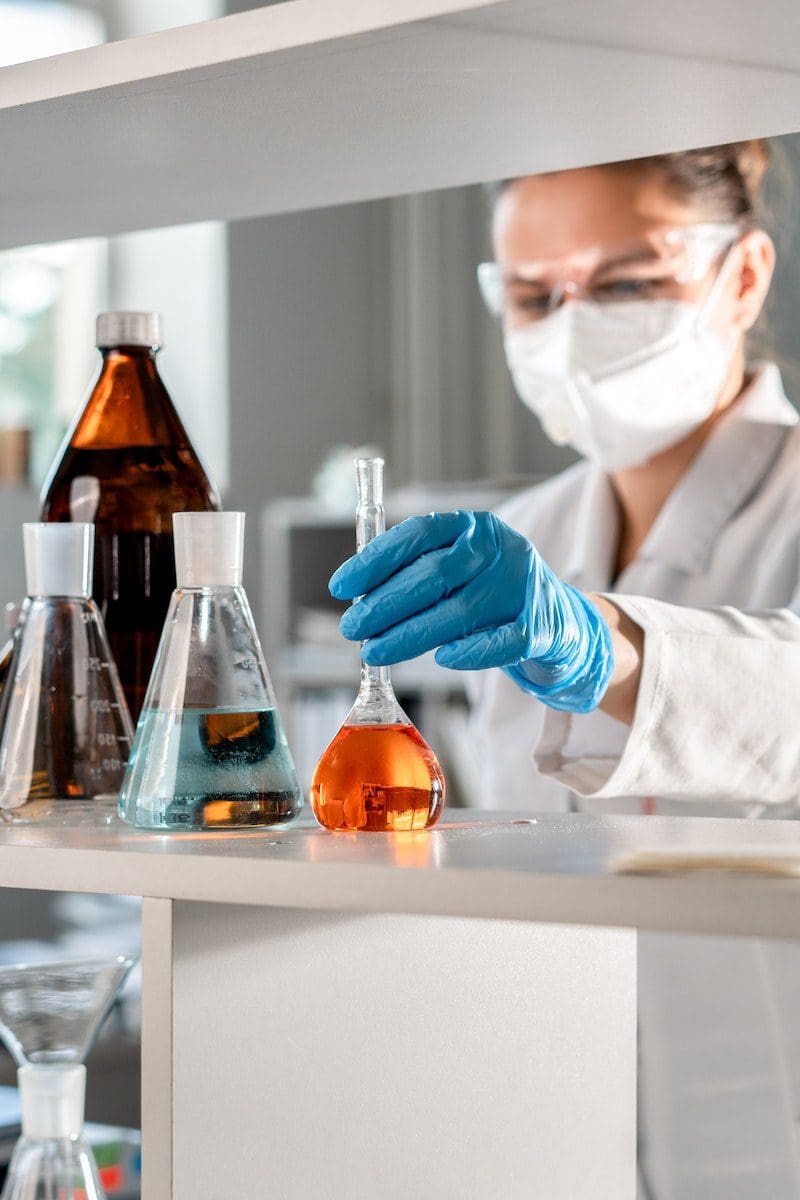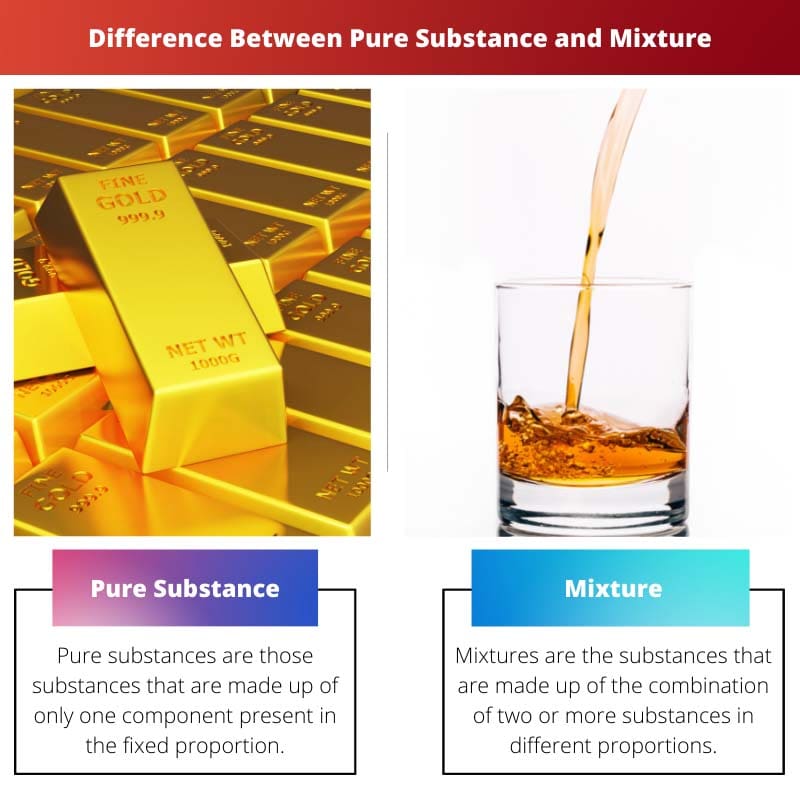When we look at the things around us, such as water, beverages, oil, food, etc., we always wonder what they are constituted with. All the substances around us can be broadly divided into two main categories: pure substances and mixtures.
Key Takeaways
- A pure substance is a matter with a fixed composition and uniform properties, consisting of a single element or compound.
- A mixture consists of two or more substances combined without any chemical reaction, maintaining their individual properties and able to be separated through physical means.
- Distinguishing between pure substances and mixtures is crucial in chemistry and material science for accurate classification, analysis, and understanding of various forms of matter.
Pure Substance vs. Mixture
Pure substance is a type of matter that is composed of only one type of atom or molecule. These substances are characterized by their homogeneity and uniformity. Mixture is a combination of two or more substances that are physically combined and/or mixed, but not chemically bonded.

Pure substances are substances made up of similar particles and cannot be broken down further into different substances with physical or chemical processes.
Mixtures are substances made up of combining two or more substances that physical and chemical processes can separate.
Some examples of pure substances can be pure water, gold, platinum, etc., whereas some examples of mixtures can be carbon dioxide gas, sugar, alcohol, etc.
Comparison Table
| Parameters of comparison | Pure Substance | Mixture |
|---|---|---|
| Definition | Pure substances are those made up of only one component in a fixed proportion. | Mixtures are substances made up of combining two or more substances in different proportions. |
| Properties | The chemical and physical properties of the pure substances remain the same throughout. | The chemical and physical properties vary due to more than one compound. |
| Categories | Pure substances can be categorized as solids, liquids, or gases. | The mixtures are broadly divided into homogeneous and heterogeneous mixtures. |
| Melting and Boiling Points | The pure substances’ melting and boiling points remain the same because of the one component. | The melting and boiling points of the mixtures depend on the presence of the different compounds. |
| Examples | Examples of pure substances include H2 gas, oxygen gas, gold, purified water, etc. | Examples of the mixture include sugar, sand, alcohol, ammonia, etc. |
What is Pure Substance?
A pure substance is a substance that comprises only one kind of component present in the ideal ratio. Any physical or chemical processes cannot separate these components.
The color, texture, and size of all the components present in the substance are the same.
These substances can be categorized into solids, liquids, and gases depending on the nature of the particles present.
The melting and boiling points of these substances remain the same throughout because all the constituent particles have similar properties.
Elements and molecules are pure substances because they are identical particles. Some examples of elements are gold, silver, etc., and molecules are H2 (Helium gas), O2 (oxygen gas), etc.
Some of the properties of the pure substance are listed below;
- They are made up of similar kinds of particles present in the fixed ratio.
- They have consistent melting and boiling points.
- The conductivity of such particles depends on their purity.

What is Mixture?
A mixture combines two or more substances present in different ratios. These substances are not bonded chemically and never show similar chemical and physical properties.
Such substances are called impure substances because of the presence of different particles.
Various physical and chemical processes separate the components in the mixtures. Some of the separation methods are filtration, sedimentation, distillation, centrifugation, etc.
The melting point and the boiling point of the mixture are different depending on the particles present in it. Some examples of the mix are – cold drinks, alcohol, sand, water, sugar, etc.
Mixtures can further be divided into homogeneous and heterogeneous mixtures. This is depicted as follows:
- Homogeneous Mixture: It is a type of mixture where the particles are uniform and not visible to the naked eye. Example- salt and water solution
- Heterogeneous Mixture: The type of mixture where the particles are not present in a uniform composition and are visible through the naked eye. For example- different nuts are put together in a bowl.

Main Differences Between Pure Substance and Mixture
- A pure substance is a substance made up of one component, whereas a mixture is a substance made up of combining two or more elements.
- The chemical and physical properties of the pure substance remain the same throughout, but they change in a mixture.
- The components of the pure substance can’t be separated by the physical and the chemical processes because they are bound chemically, whereas components of a mixture can be separated.
- The melting and boiling points of the pure substance do not change but vary in a mixture.
- A pure substance can be differentiated as solids, liquids, and gases, whereas a mixture can be homogeneous or heterogeneous.





